Inhalte:
- Scalable problems for scalable computing systems
- From Accelerated to disaggregated supercomputing architectures
- Amdahl’s Law and generalizations
- From the Cluster-Booster Concept to a Modular Supercomputing Architecture (MSA)
- Resource Optimization by MSA
- The ParaStation Modular Software Architecture
- Comprehensive Software Environment (co-scheduling, resource management, etc.)
- Programming Models (inter-module MPI offloading, OmpSs abstraction layer, resiliency)
- Virtualization by Network Attached Accelerators
- Co-designing applications and workloads (e.g., neuroscience simulations, climate simulation, seismic imaging, data analytics in earth science)
- Hardware implementations and prototypes
- Exascale Supercomputing Technology
- Interactive Supercomputing
- Integrating Future Computing Technologies (Quantum Computers)
Lernergebnisse / Kompetenzziele:
The students will
- understand the implications of Amdahl’s and Gustafson’s Laws on scalability;
- learn the basics of the modular supercomputing architecture (MSA) from idea to production;
- use the theoretical formulation of MSA for resource optimization in HPC;
- understand MSA as a new paradigm for heterogeneous architectures in high performance computing (HPC);
- be able to apply the MSA programming models;
- understand the software environment needed to operate future supercomputing facilities;
- meet various hardware implementations and prototype platforms.
- Trainer/in: Philip Döbler
- Trainer/in: Cedric Gaberle
- Trainer/in: Thomas Lippert
